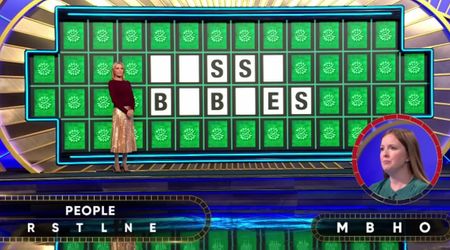Comprehensive Guide to Quarterly Estimated Taxes: Importance, Calculation and Deadlines

Paying taxes is an essential duty for all citizens, and for specific individuals and businesses, it involves making quarterly estimated tax payments. These payments guarantee that taxpayers fulfill their tax responsibilities throughout the year, preventing a large tax bill and penalties when filing taxes.
Let us find out the importance of paying quarterly estimated taxes and who are obligated to make these payments.

Understanding the Significance of Quarterly Estimated Taxes
The tax system in the United States operates on a pay-as-you-go basis, requiring taxpayers to pay the majority of their taxes as they earn income throughout the year. Quarterly estimated tax payments serve as a way to fulfill this obligation. By making regular payments, individuals and businesses avoid the risk of accumulating a significant tax liability at the end of the year, along with associated penalties. Grasping the importance of these payments is crucial to ensure compliance with tax laws and maintaining financial stability.

Who Needs to Pay Quarterly Estimated Taxes?
Determining who is obligated to pay quarterly estimated taxes can be complex. Generally, this category includes self-employed individuals, gig workers, retirees, investors, businesses, corporations, and employees with insufficient tax withholdings. These payments cover income tax, self-employment tax, and alternative minimum tax. Furthermore, even individuals who have taxes withheld from their paychecks may still need to pay estimated taxes on income not subject to withholding, such as interest, dividends, capital gains, alimony, and rental income. It is vital to understand the criteria established by the IRS to determine whether quarterly individual estimated tax payments are necessary.
Determining the Need to File Quarterly Individual Estimated Tax Payments
To determine whether you need to file quarterly individual estimated tax payments, you can follow certain guidelines provided by the IRS. If you anticipate owing at least $1,000 in tax for the current year after subtracting withholding and refundable credits, you are generally required to make estimated tax payments. Additionally, your withholding and refundable credits must be less than either 90% of the tax shown on your current year's tax return or 100% of the tax shown on your prior year's tax return.

Special Rules for Farmers, Fishermen, Household Employers, and Higher-Income Taxpayers
Certain categories of taxpayers, such as farmers, fishermen, household employers, and higher-income individuals have specific rules and considerations when it comes to paying quarterly estimated taxes. The IRS provides detailed guidance through publications like IRS Publication 505, "Tax Withholding and Estimated Tax." These taxpayers should refer to the relevant publications to ensure they understand the specific requirements and calculations applicable to their circumstances. By familiarizing themselves with the special rules, individuals falling into these categories can navigate the estimated tax payment process more effectively.

Key Dates: When Are Estimated Taxes Due?
Remembering the due dates for quarterly estimated tax payments is essential to avoid penalties or interest charges. While the IRS may occasionally adjust these dates, staying updated on the current deadlines is crucial. For the current tax year, the estimated tax payment due dates are as follows:
- First payment: April 15
- Second payment: June 15
- Third payment: September 15
- Fourth payment: January 15 of the following year
It's important to note that if any of these due dates fall on a weekend or legal holiday, the payment is due on the next business day. However, if you file your tax return by January 31 of the following year and pay the entire balance due with your return, you are not required to make the final payment due on January 15.
Paying quarterly estimated taxes is crucial for self-employed individuals, small business owners, and those with investment income to fulfill their tax obligations and avoid penalties. By understanding the significance of timely payments, determining your payment requirements, adhering to key deadlines, accurately calculating estimated taxes, and utilizing available payment methods, you can ensure compliance with tax regulations and effectively manage your tax liabilities.























